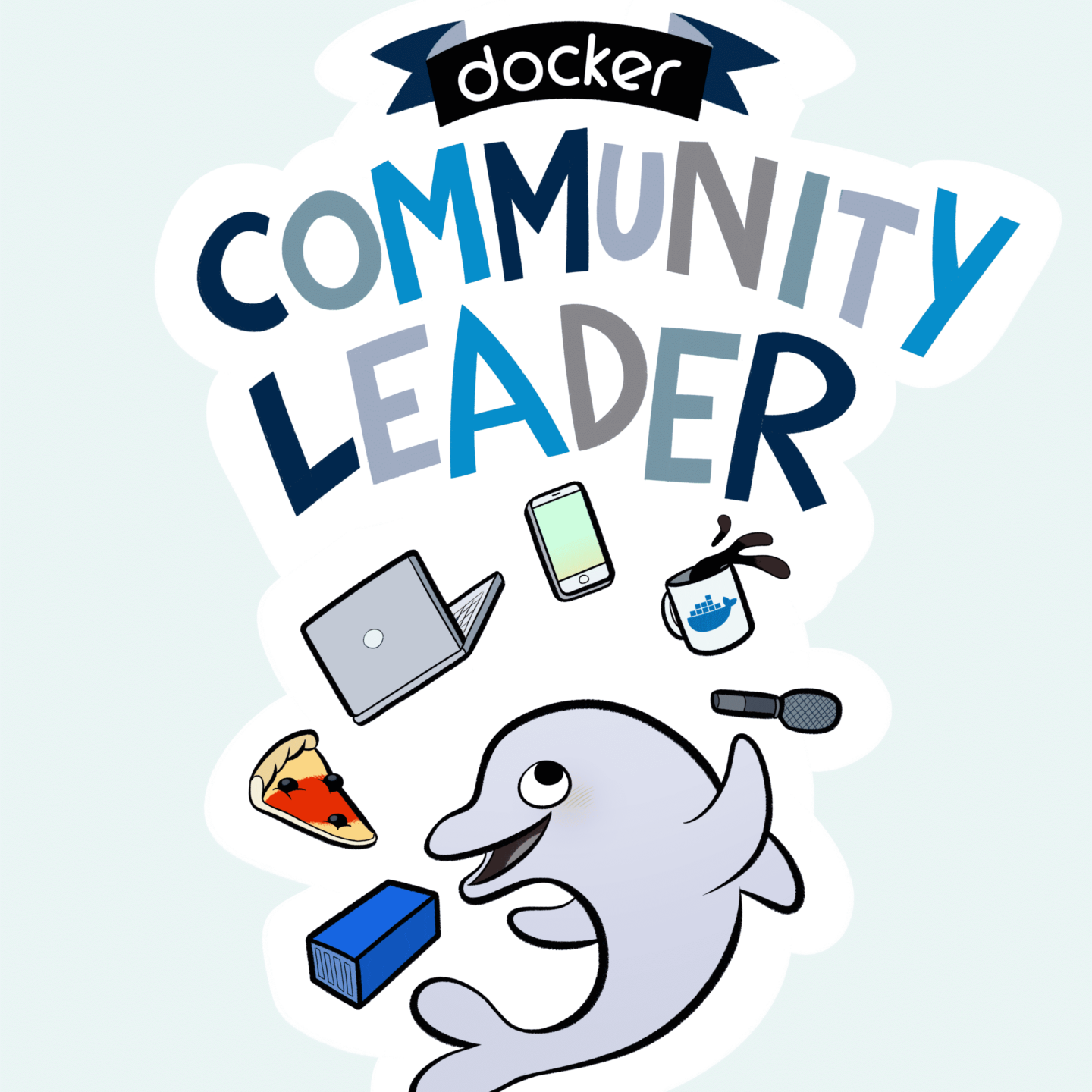Engineering
-
May 6, 2022
JumpStart Your Node.js Development
With over 87,000 stars and 3,100 contributors, Node.js has become a leading choice for enterprise developers in 2022. It’s an open source, cross-platform runtime environment that helps developers build varied server-side tools and applications in JavaScript. Developers use Node.js to build fast, scalable, and real-time apps — thanks to its highly-robust event-driven runtime. It’s also…
Read now
-
May 3, 2022
How to Quickly Build, Deploy, and Serve Your HTML5 Game
Deploying web-based gaming experiences doesn’t have to be difficult. Learn how to create a simple game image, deploy it as a container, and deliver entertainment to gamers worldwide.
Read now
-
May 2, 2022
Dockerfiles now Support Multiple Build Contexts
Dockerfile v1.4 and Buildx v0.8 now enable developers to define multiple build contexts between Dockerfiles. Follow along as we tackle some examples.
Read now
-
Apr 28, 2022
Merge+Diff: Building DAGs More Efficiently and Elegantly
Guest post written by BuildKit maintainer Erik Sipsma. The Big Picture MergeOp and DiffOp are two new features released in BuildKit v0.10. These operations let you assemble container images by composing filesystems (MergeOp) and splitting them apart (DiffOp), all while minimizing the creation of duplicated data both locally on disk and in remote registries. Minimizing…
Read now
-
Apr 28, 2022
Dockershim not needed: Docker Desktop with Kubernetes 1.24+
Docker Desktop includes Kubernetes, optimized and tuned for a fast, distraction-free developer experience. We track upstream Kubernetes changes and manage Kubernetes upgrades so developers can focus on their code rather than cluster administration. Lots of people have been asking us about the removal of a component called “dockershim” from upstream Kubernetes and how this will…
Read now
-
Apr 22, 2022
How to “Dockerize” Your Python Applications
Millions of developers use Python to build modern, scalable applications. For developers who value performance, cross-platform portability, and convenience, deploying these apps within a Docker environment can be advantageous. That said, what kinds of applications can you create? How does Docker support their functionality? Patrick Loeber answers these questions and more during his presentation, “Getting…
Read now
-
Apr 12, 2022
Building a Multi-Container .NET App Using Docker Desktop
.NET is a free, open-source development platform for building numerous apps, such as web apps, web APIs, serverless functions in the cloud, mobile apps and much more. .NET is a general purpose development platform maintained by Microsoft and the .NET community on GitHub. It is cross-platform, supporting Windows, macOS and Linux, and can be used…
Read now
-
Apr 8, 2022
10 tips for keeping your Docker containers safe from Log4Shell
This is a guest blog from our friends at Snyk. It originally appeared here. Today we’re pleased to announce an update to our popular Docker and Snyk vulnerability cheat sheet. Since 2020, millions of MacOS and Windows developers have been able to use docker scan to analyze their containers in their local environments as part of their…
Read now







